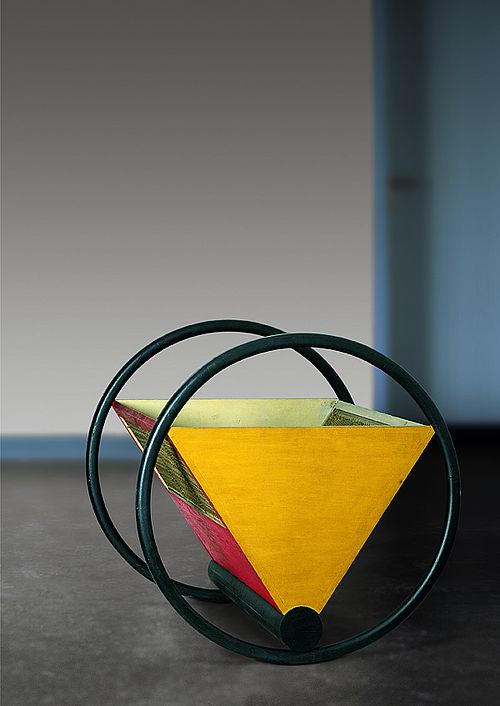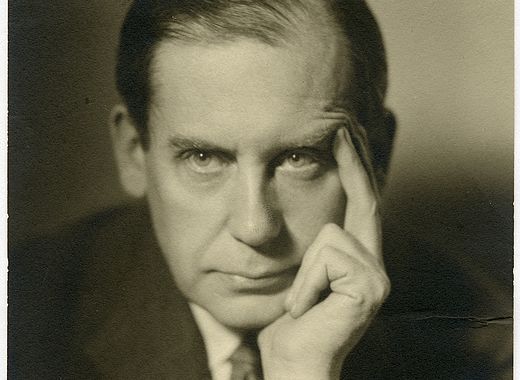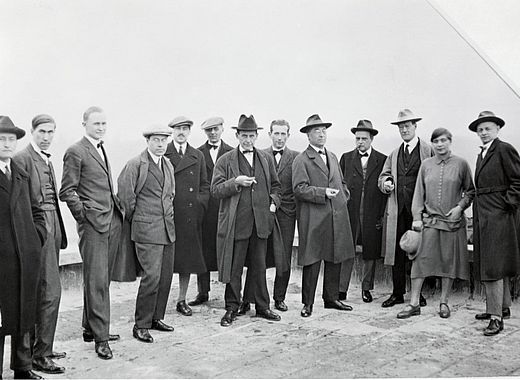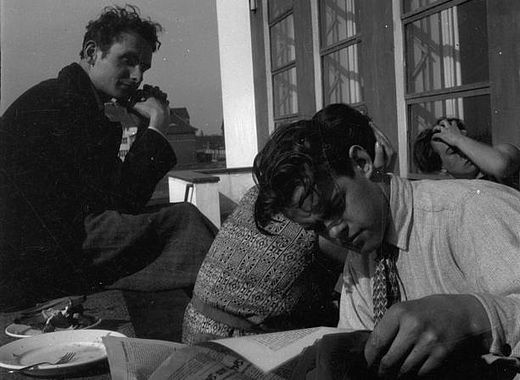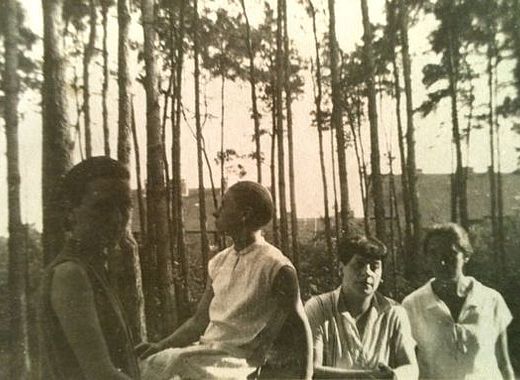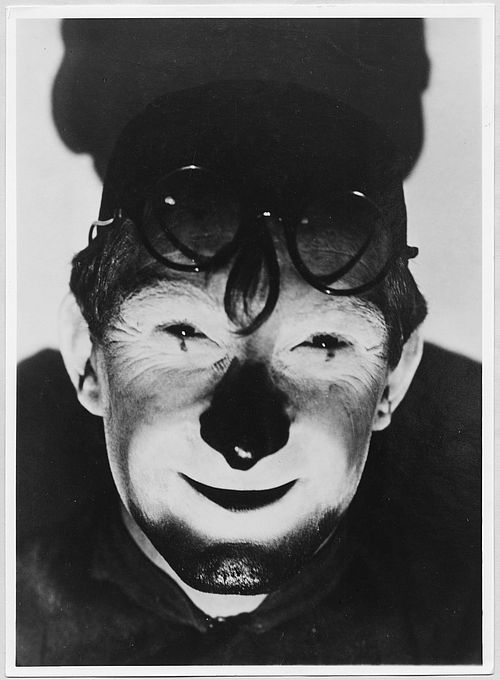The Bauhaus in all its facets
The Bauhaus was a lively school of ideas and a field for experimenting in the free and applied arts, design, architecture and educational methods. Here we present the phases the Bauhaus went through, the places where it based its activities, its teaching, the people behind it and their works.
People
The Bauhaus was the fruit of versatile input from both well-known avant-garde artists and aspiring junior masters, more than 1,250 students from 29 countries and their friends and families. In the “People” section we present the “Who’s Who” of the Bauhaus.
[Translate to English:] Teaser für Köpfe-Bereiche
Works
From ashtrays to puppets and photograms to tubular steel furniture and balcony access blocks – in the constantly growing encyclopaedia of works, we present selected oeuvres of Bauhauslers. Further information and collections are provided by the Bauhaus institutions in Weimar, Dessau and Berlin.
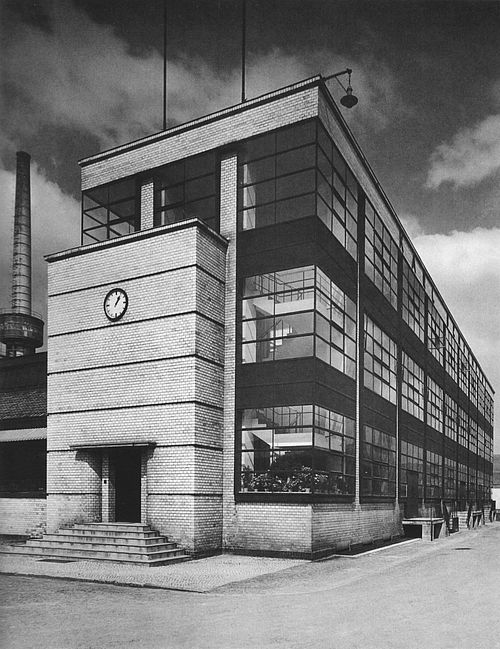
Architecture
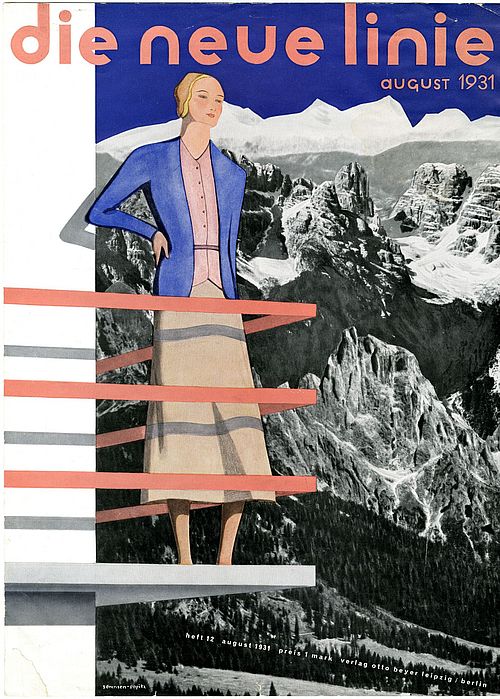
Printing and Advertising
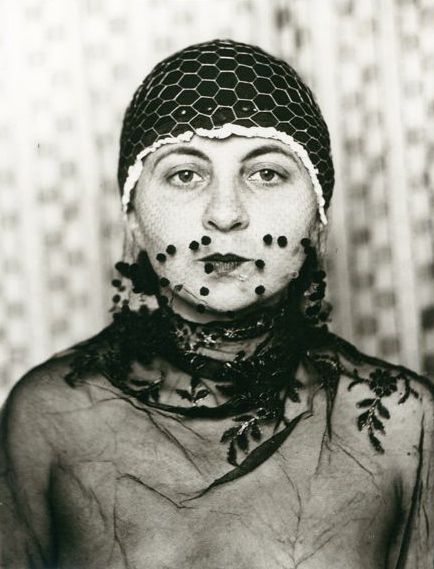
Photography
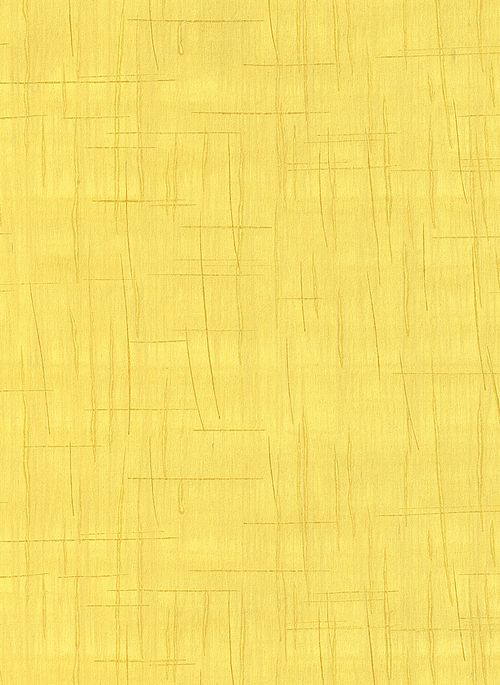
Glass and Mural Painting
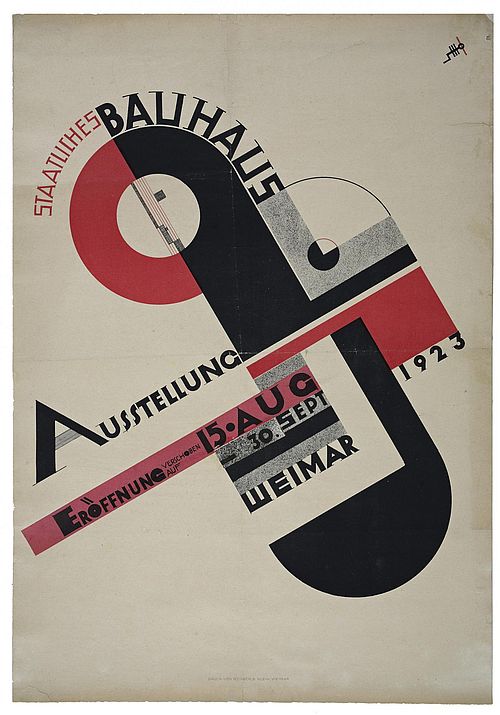
Graphic Printshop
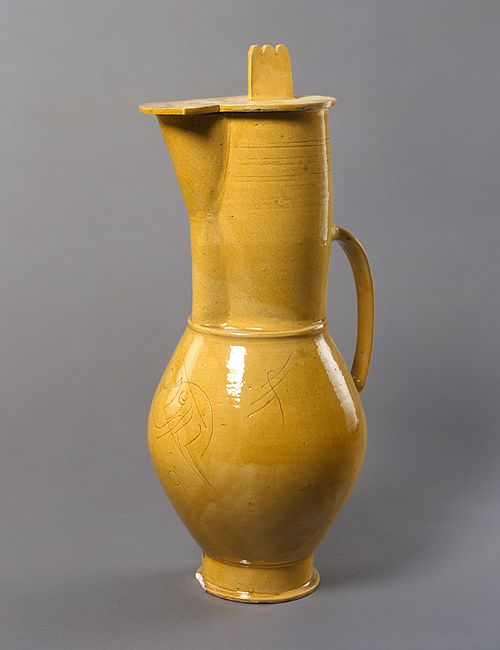
Ceramics
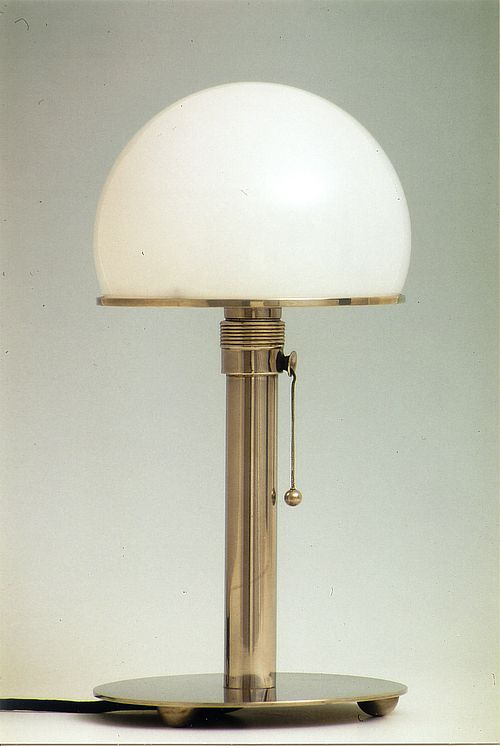
Metal
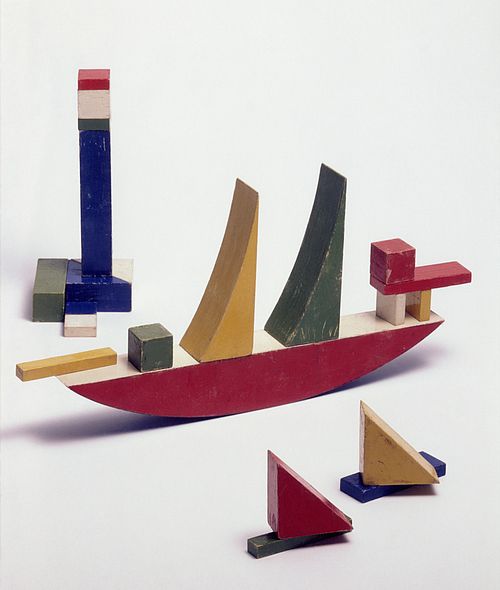
Plastic Arts
